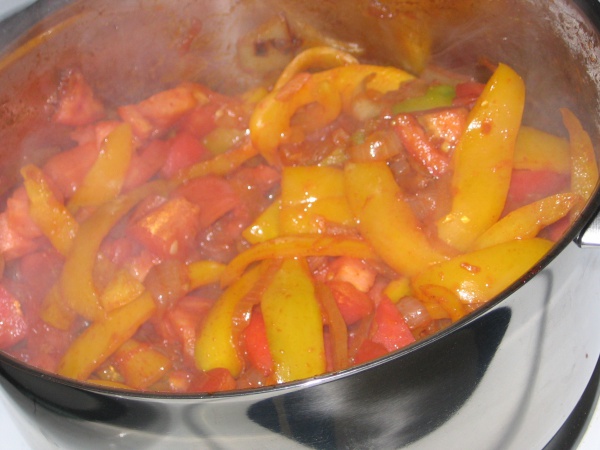Facts About Lecsó
Lecsó is a robust vegetable stew that holds a prominent place in Hungarian cuisine. The basic recipe traditionally includes yellow pointed peppers, tomatoes, onions, salt, and both sweet and hot paprika. Typically, the onions and peppers are sautéed in either lard, bacon fat, or sunflower oil, and sometimes garlic is added for an extra flavor boost. This dish isn’t confined to Hungary; it's also beloved in Czech, Slovak, Croatian, Polish, Austrian, and Israeli kitchens.
While variations abound, all versions of lecsó focus on a blend of tomatoes, both sweet and hot peppers, onions, salt, and often garlic. Some recipes might extend to spices like bay leaf, black pepper, or thyme. Traditionally, lecsó is prepared by rendering lard from smoked bacon, browning the onions, frying the peppers until they achieve a crisp texture, and then adding the tomatoes.
Lecsó can be enjoyed in numerous ways. It pairs excellently with cooked rice or scrambled eggs and complements sausages, bacon, or frankfurters. Some even garnish it with hard-boiled eggs or thicken it with beaten eggs. Whether served as a main dish or a side, it is a versatile complement to meals featuring roasted chicken, pork, or beef. In Hungary, the finest lecsó is often cooked over an open fire in a "bogrács" (cauldron) during barbecues.
In Germany, a similar dish called Letscho is used as a sauce for various meals, made from tomatoes, peppers, and onions. In Poland, leczo takes on a spicy character, incorporating red pepper, zucchini, tomatoes, sausage, and chili powder, served hot and spicy, adhering to its Hungarian origins.

 Slovenia
Slovenia